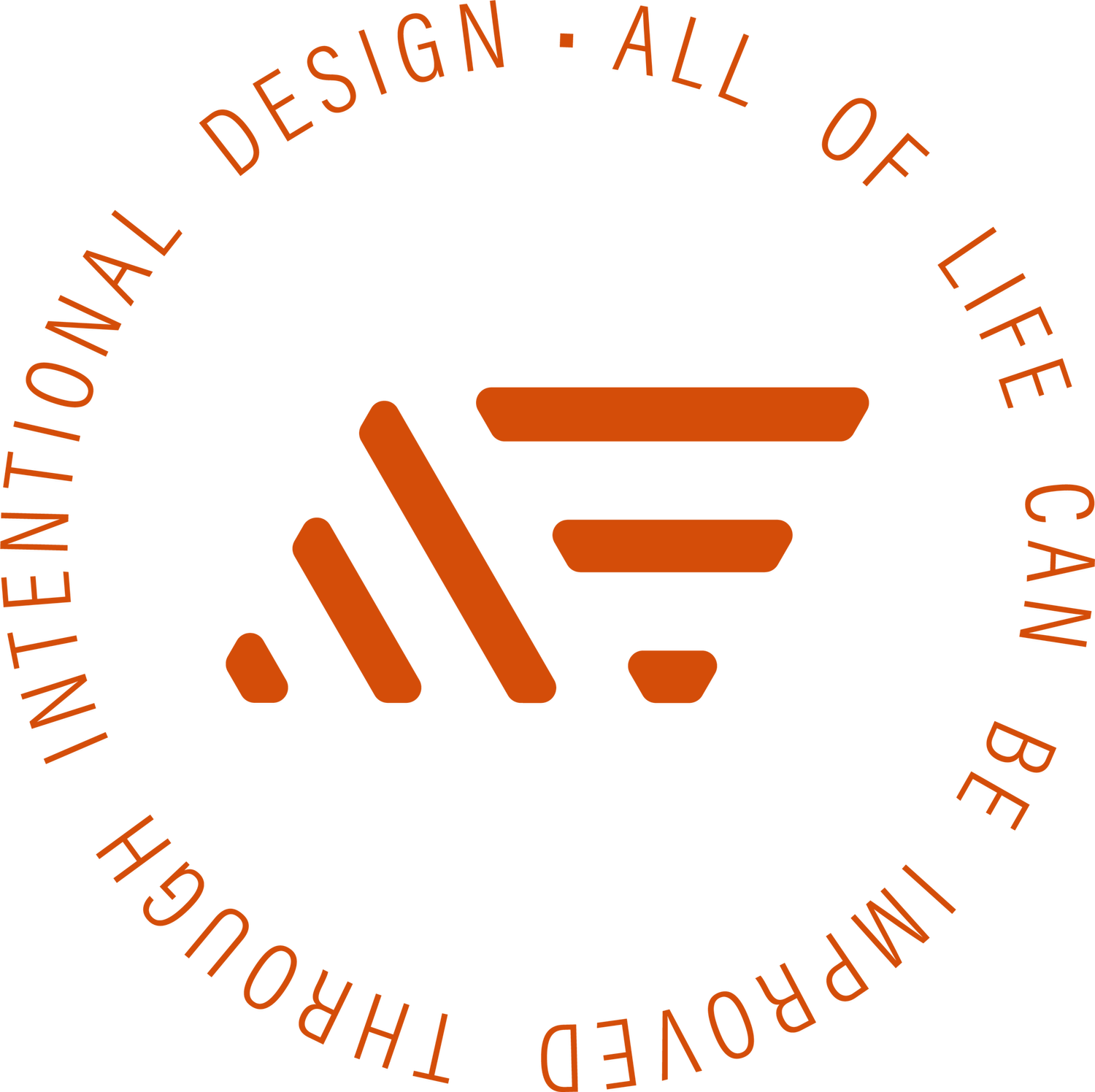Reforge’s Course Design System
This case study showcases the journey of scaling visual creation for Reforge, a premier education technology startup. The initial challenge was to establish the visual styling, tools, and processes necessary to expand the creation of new course content. By implementing a design system using Figma, the team achieved a consistent, collaborative, and scalable solution.
Background
In the summer of 2019, Reforge expanded its team from 6 to 10 members. As the demand for premier courses grew, the need to scale the team and course offerings became evident. The existing content library, consisting of Keynote files in a Dropbox folder, was no longer sufficient for the desired scalability.
Identifying Key Needs
To effectively scale the visual creation process, I embarked on a refinement process to identify key requirements for the new system. Countless notion documents and iterations led to a list of needs, including a tool for building images, collaboration capabilities between design and strategy, easy access to design assets from a library, the ability to edit visuals for associated courses, data visualization options, slide presentation features, and recording functionality.
Choosing the Right Tool: Figma
After evaluating numerous tools, Figma emerged as the optimal choice. Although not specifically designed for Reforge's use case, Figma's library, design tools, collaboration features, and user-friendly interface made it the winner. The decision proved to be highly satisfactory.
Figma might seem like the obvious choice today, but in 2019 it was still in its infancy and many other options were fighting to be the market leader.
Building the Design System
With Figma selected, the process of constructing the design system commenced. Two key realizations shaped the system's development:
Building a Product: The design system would have users, necessitating regular feedback and iterative improvements.
Tailored for Slide Presentations: Unlike traditional product design systems, the focus was on visuals presented as slides, requiring a different set of components and considerations.
The design system followed an atomic design system approach and comprised three levels of fidelity: Elements, Components, and Templates.
Elements: Foundational design pieces encompassing fonts, colors, icons, styles, logos, and photography style.
Components: Reusable patterns combining elements to create components such as diagrams, cards, callouts, tables, flowchart pieces, and screenshot containers. Components could be used independently or within pre-set templates.
Templates: Full slide layouts utilized to build out course visuals, including blank layouts, core concepts, and occasional example layouts.
Additionally, the design system was aligned with the ongoing development of a consistent visual brand identity, collaborating closely with the Head of Design to select fonts, colors, and icons that conveyed the desired user experience.
Result
The initial version of the design system was delivered within a month, considering the time constraints imposed by the creation of new courses. While imperfect and lacking certain features, it enabled the successful development of two new courses for the spring offering. The system replaced the previous inconsistent and unscalable Keynote-based approach with a cohesive, collaborative, and easy-to-use solution.
Original Keynote slides
Same slides utilizing the design system
Next Iterations
Recognizing the need for continuous improvement, I continued to implement subsequent iterations of the design system. Leveraging team surveys, user research sessions, and Figma's feature releases, they expanded and enhanced the system to meet evolving requirements. The team's passion and dedication ensure a relentless pursuit of an optimal experience for participants and internal clients.
Conclusion
By adopting Figma and implementing a well-designed system, Reforge's content creation team achieved scalability, collaboration, and efficiency in their visual creation process. The system's success enabled the creation of 18 new courses and set the foundation for future growth.




